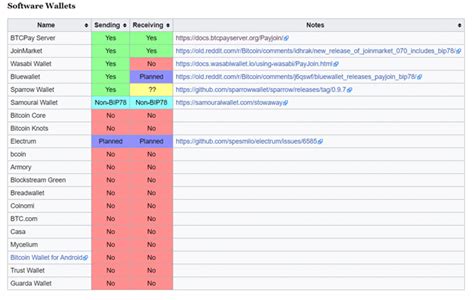Understanding the Common Input Ownership Heuristic: An Explanation of Bitcoin Transactions
Bitcoin, as a decentralized digital currency, operates under a unique set of rules and principles. One key concept that is often misunderstood or misapplied in the cryptocurrency space is the Common Input Ownership Heuristic (CIOH). In this article, we will delve into the world of CIOH, its implications, and how it affects Bitcoin transactions.
What is the Common Input Ownership Heuristic?
The Common Input Ownership Heuristic refers to the idea that all inputs to a transaction are considered to be controlled by the same person. This means that the sender of the transaction (or “payer”) must have control over each and every input, such as a transaction fee or payment for a specific service.
The Problem: Providing Signatures for Every Input
While this may seem straightforward, providing signatures for every input can be problematic in several ways:
- Security Risks: Bitcoin’s security is highly dependent on the integrity of transactions. If a single signature is compromised, it can lead to a loss of trust and potentially destabilize the entire network.
- Resource Constraints:

The computational resources required to generate and verify signatures can be significant, especially for larger transactions or payments with higher fees.
The Right Approach: Single Signature
In Bitcoin, each transaction is represented by a single input (or “input ID”). This means that only one signature is required for each input. This approach has several advantages:
- Reduced Security Risks: With fewer signatures to verify, the risk of compromise is greatly reduced.
- Improved Resource Efficiency:
By reducing the computational resources required for signature generation and verification, Bitcoin can optimize its network performance.
Key Takeaways
The common input ownership heuristic is a fundamental concept for understanding Bitcoin transactions. While it may seem straightforward at first glance, providing signatures for every input can introduce security risks and resource constraints. By adopting the right approach to using single signatures per transaction, Bitcoin can maintain its integrity while optimizing its network performance.
In conclusion, a deeper understanding of the common input ownership heuristic is essential for navigating the world of Bitcoin transactions. While this concept may seem complex, it is crucial to understand its implications for security and resource efficiency. By properly implementing these principles, we can unlock the full potential of the Bitcoin network and build a more secure and efficient system for global commerce.
